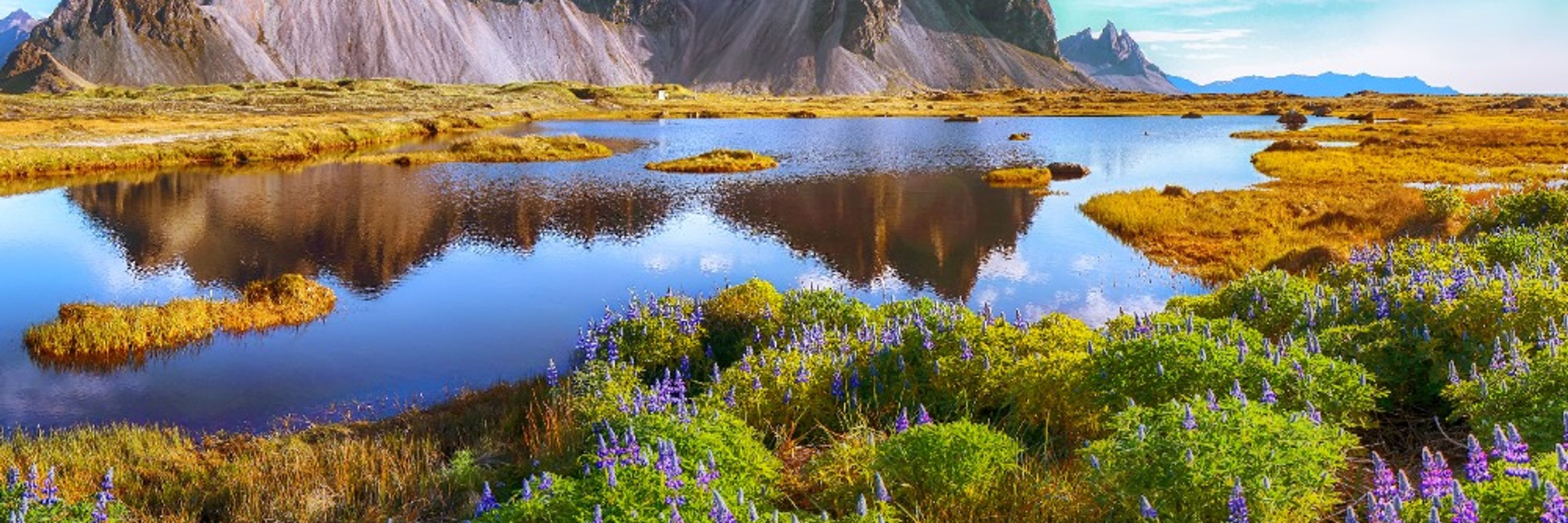IPBES
@ipbes.net
24K followers
29K following
570 posts
Intergovernmental Platform on #Biodiversity & Ecosystem Services. Denialism/trolling/profanity may result in banning. Re-skoots ≠ endorsements.
www.ipbes.net
linktr.ee/ipbes
Posts
Media
Videos
Starter Packs
Pinned
IPBES
@ipbes.net
· 5d

In Brazil’s Pantanal, too many tourists may be the jaguar’s new predator
PORTO JOFRE, Brazil — When Oscar de Morais isn’t out tracking jaguars, you’ll find him aboard his houseboat moored along the banks of the São Lourenço River. He sits beneath a mosquito net on two…
news.mongabay.com
IPBES
@ipbes.net
· 6d

Nearly one-third of fungi on IUCN Red List are threatened with extinction
The International Union for Conservation of Nature (IUCN) recently updated its Red List of Threatened Species to include an additional 482 fungi, bringing the total to roughly 1,300 species of…
news.mongabay.com
Reposted by IPBES
Reposted by IPBES
























